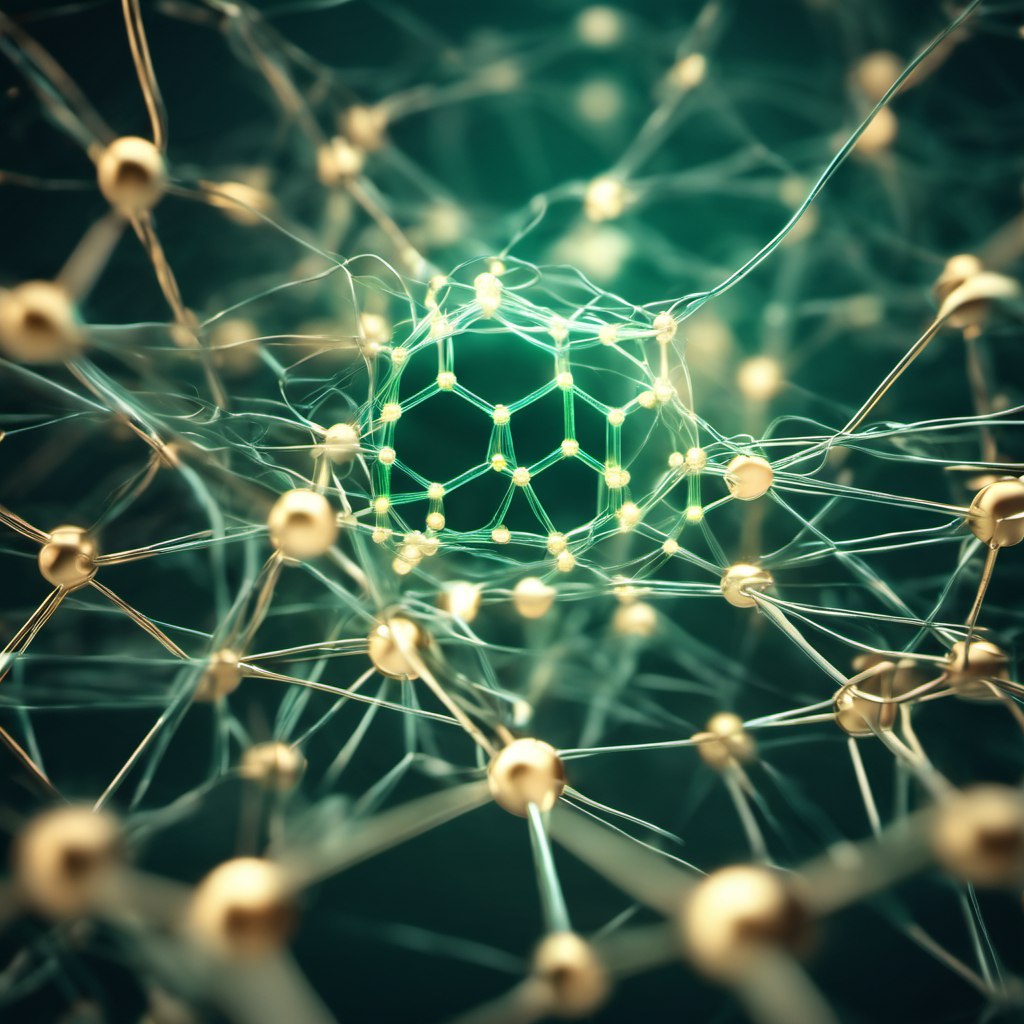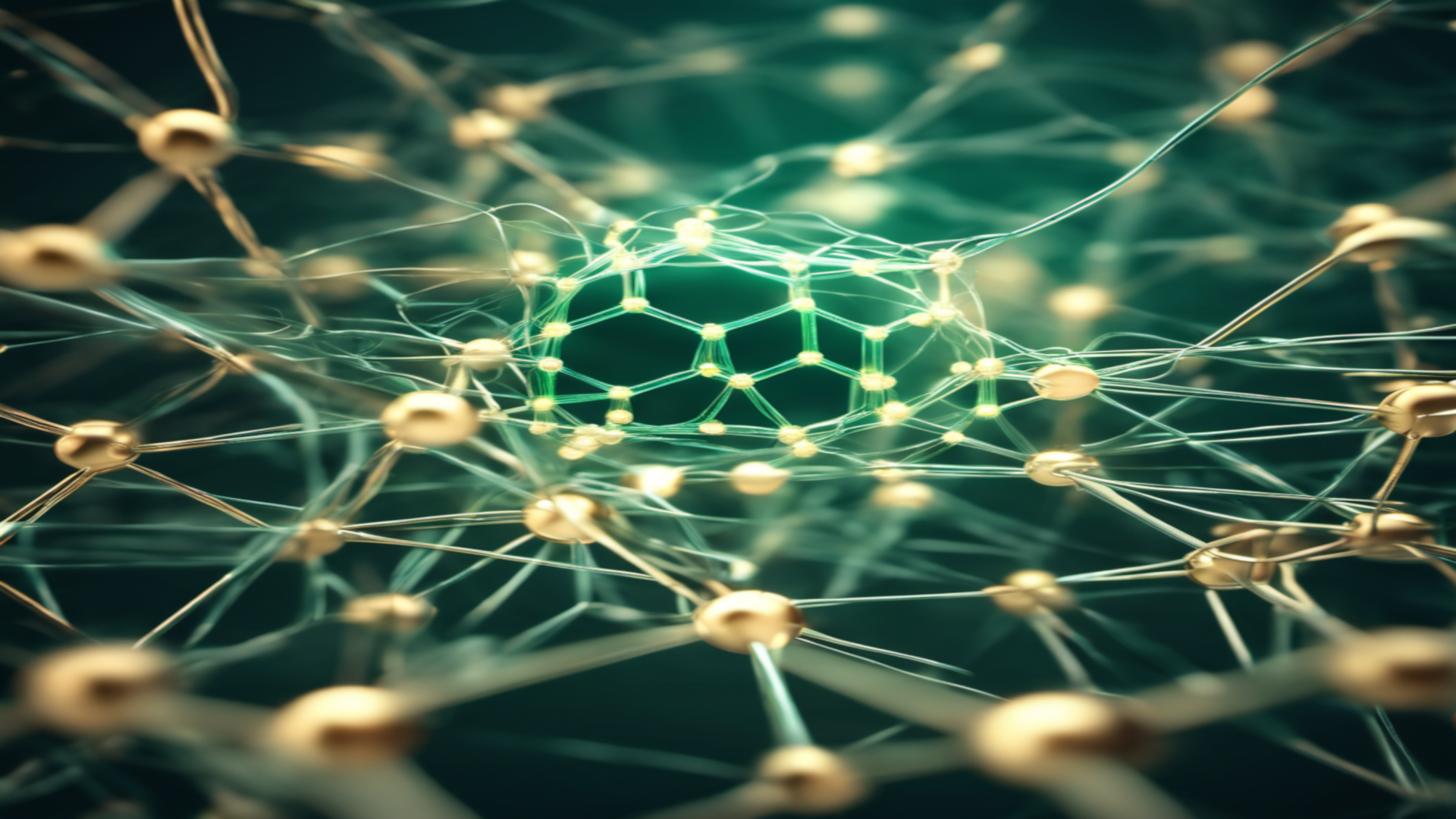What we define as power saving digital environment Power-saving infrastructure refers to the design and implementation of buildings, systems, and processes that minimize energy consumption and reduce carbon footprint. This approach is crucial in the

What we define as power saving digital environment
Power-saving infrastructure refers to the design and implementation of buildings, systems, and processes that minimize energy consumption and reduce carbon footprint. This approach is crucial in the face of increasing energy demands and environmental concerns.
For instance, energy-efficient buildings use materials and designs that reduce the need for artificial lighting and temperature control. Smart grids in power distribution manage electricity demand and supply efficiently, reducing energy wastage. Renewable energy sources like solar and wind power are integral to power-saving infrastructure, providing sustainable and clean energy.
Moreover, power-saving infrastructure also includes transportation systems. Electric vehicles and efficient public transport systems reduce the reliance on fossil fuels. In the industrial sector, energy-efficient machinery and processes can significantly cut down power consumption.
In summary, power-saving infrastructure is a comprehensive approach towards sustainable and efficient energy use, encompassing various sectors from construction to transportation and industry.
A short list of its meanings:
- Energy Efficiency: Reducing energy consumption in all areas, from household appliances to industrial machinery.
- Sustainable Energy: Using renewable energy sources like solar, wind, and hydro power.
- Smart Design: Implementing designs in buildings and systems that naturally reduce energy needs.
- Waste Reduction: Minimizing energy wastage through efficient distribution systems like smart grids.
- Clean Transportation: Promoting electric vehicles and efficient public transport to reduce fossil fuel usage.
The bitter reality in 2023
The exact number of economies and companies that have implemented power-saving digital infrastructure is not readily available. However, it’s clear that many are recognizing the importance of such infrastructure.
For instance, the International Energy Agency (IEA) has highlighted the transformative potential of digitalization in energy systems around the world. The IEA report suggests that digital technologies could make energy systems more connected, intelligent, efficient, reliable, and sustainable.
Several major economies have announced substantial funding to modernize and digitalize their electricity grids. Notable progress has been made in regions like the European Union, China, Japan, India, the United States, and Canada.
In terms of companies, data center operators are providing IT services while significantly reducing energy consumption. This is made possible through economies of scale and the implementation of green data centers.
While these examples provide a glimpse into the adoption of power-saving digital infrastructure, it’s important to note that the transition is ongoing and varies widely across different regions and industries. The benefits of such infrastructure, including improved efficiency and sustainability, make it a key focus for future development.
But this also means that many businesses have not yet started to implement these goals when they are still in the planning phase. In addition, although the estimated majority of companies have already undertaken a series of research and meetings in order to master the situation, nothing has yet been implemented in practice.
And we are already in 2023, marked by the aftermath of a pandemic, recessions resulting from wars in Eastern Europe and Israel, and a significant shift in economic contexts and interests with unpredictable consequences and interests with unforeseeable consequences for the future situation in the industrialized countries.
Enough of the doom and gloom – let’s start with what we’ve got right now
The computing power and energy efficiency of CPUs and GPUs have improved significantly in recent years.
CPUs are designed to spend a lot of power on a few tasks, which they then execute much faster. The energy efficiency of processors plays a major role alongside performance. The updated 2023 Efficiency Index compares the power consumption of all CPUs in the index and examines which processor is the most efficient.
Graphics processing units (GPUs), on the other hand, operate much more efficiently than CPUs and are therefore better suited for large, complex tasks with many repetitions, such as displaying thousands of polygons on the screen. Some systems employ dynamic frequency and voltage scaling to operate at the optimal CPU and GPU voltage and frequency, respectively, at all times.
It is important to note that the actual power consumption of a system depends on many factors, including the specific hardware components, the system configuration, and the type of tasks being performed4. Therefore, it is advisable to consider both computing power and energy efficiency when selecting a CPU and GPU.
Many processes – and especially the currently hyped artificial intelligence – can currently be executed much faster and more efficiently on GPUs than on CPUs. As examples here are
Nvidia with Cuda, Intel with OpenVino and generally the accelerations under OpenCL are worth mentioning. Audio transcription, text generation with LLM models, image generation with DIffusion models or
analytical AI for face recognition and face classification are clearly superior to their CPU-based siblings when accelerated on GPUs. And this in terms of speed and digital efficiency, which results in lower power consumption and significantly lower CO2 emissions.
and significantly lower CO2 emissions. However, not only these “new” calculations work much more efficiently, but also classic server and media tasks such as video conversion and encoding, semi
such as video conversion and encoding, semi- or fully-automatic image generation, large-volume data analysis and many audio workflows.
CPUs are designed to spend a lot of power on a few tasks, which they then execute much faster. The energy efficiency of processors plays a major role alongside performance.
Graphics processing units (GPUs), on the other hand, operate much more efficiently than CPUs and are therefore better suited for large, complex tasks with many repetitions, such as displaying thousands of polygons on the screen. Some systems employ dynamic frequency and voltage scaling to operate at the optimal CPU and GPU voltage and frequency, respectively, at all times.
It is important to note that the actual power consumption of a system depends on many factors, including the specific hardware components, the system configuration, and the type of tasks being performed4. Therefore, it is advisable to consider both computing power and energy efficiency when selecting a CPU and GPU.
You do not need much (hardware)
In this context, I have been working for many years on video encoding and decoding performance with resolutions of 4k and 8k on GPUs, moving labor-intensive parallel processes and even new AI LLMs (own ChatGPT), text-to-speech, speech-to-text and diffusion image generation models on microcomputers with dedicated graphics units. Currently, this is an Intel Nuc11 with Intel i7 processor, 16 GB RAM and an Nvidia RTX2060 graphics card with 6 GB RAM. At the same time, this computer runs its own cloud (Nextcloud) with GPU accellerated face and object recognition, a firewall with active security handling, some home security features, a few media web servers and databases, as well as a home assistant for light and heating control with really acceptable and very good performance.
In this way, it is possible to obtain roughly 7.5 times the output from the overall system while maintaining the same power consumption. All processes are balanced and optimized via the system’s own resource controls, that they do not interfere with each other or even slow each other down. The same processes run on this small computer as on our large servers, but with significantly less computing power. The overall system requires much less space and also hardly emits any waste heat into the environment with an average temperature of 60 degrees Celsius.

